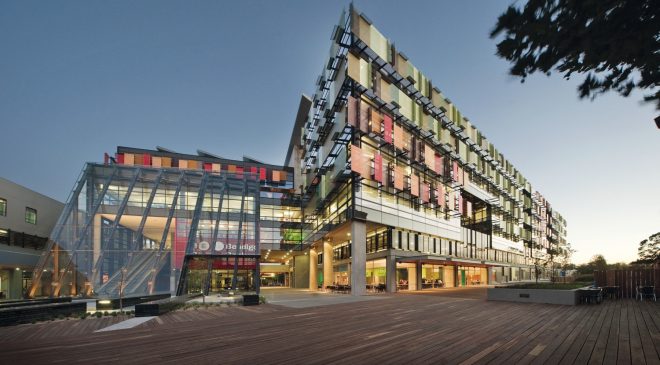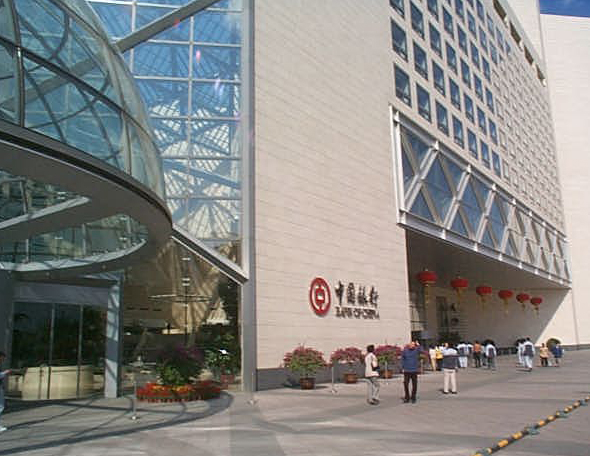Bendigo and Adelaide Bank full year 2022 financial result
Bendigo and Adelaide Bank Limited (ASX:BEN), Australia’s better big bank, today announced its results for the full year ending 30 June 2022.
- Statutory net profit after tax:$US488.1 million, down 6.9 per cent
- Cash earnings after tax:$US500.4 million, up 9.4 per cent
- Net interest margin:74 percent, down 21 basis points
- Total income on a cash basis:$US1,709.9 million, up 0.4 per cent
- Credit expenses:($US27.2 million write-back), down significantly
- Common Equity Tier 1:68 percent, up 11 basis points1
- Cash earnings per share:8 cents per share, up 4.9 per cent
- Total fully franked dividend:53 cents per share, up 6 per cent
- Total lending:$US77.8 billion, up 7.7 per cent
- Residential lending growth:4x system, up 11 per cent
- Total funding:$US87.7 billion, up 10.5 percent, with customer deposits up 11 per cent
Marnie Baker, CEO and Managing Director said: “These results show we have delivered what we promised in a challenging and competitive environment. Bendigo and Adelaide Bank has delivered continued growth in loans, deposits and customer numbers. We have reduced costs and improved our cost to income ratio while maintaining a strong balance sheet and preserving our credit quality.
“We have achieved a fourth consecutive half of positive jaws and our transformation agenda is on track. Our performance for FY22 is evidence that our strategy is working. The Bank is proud of the progress it has made and the discipline we have shown however we know we have more to do.
“We are Australia’s most trusted bank and stand out with our leading customer advocacy and satisfaction scores. Our purpose of feeding into the prosperity of the community, and not off it, sets us apart and gives us a competitive edge.”
Total income for the year increased, rising 0.4 percent to $US1,709.9 million while operating expenses were down 1.1 percent to $US1,016.3 million.
Cash earnings for the year were up 9.4 percent to $US500.4 million reflecting the Bank’s strict focus on cost management, with statutory net profit down 6.9 percent to $US488.1 million due to unrealised property revaluations in the Homesafe portfolio.
“Our journey to become a bigger, better, and stronger bank continues. We have reduced the number of core banking systems and technology applications, while our new digital mortgage offering, Up Home, has taken its first applications,” Ms Baker said.
“The external environment has become more complex, and this has sharpened our focus and concentrated our efforts. We will continue to manage costs diligently, strengthen the returns we derive from our investments, and improve returns to shareholders.
“While our strategy and vision remain the same, as we enter a new financial year, we will continue to strengthen our focus on returns, execution and sustainable growth and capital generation as we drive the business forward supporting and enhancing the experience for our customers.”
Key metrics
“Our customer numbers have continued to grow as more customers are attracted to our products, service levels, digital experience, and our purpose of feeding into the prosperity of customers and the community. Customer numbers have grown 7.3 percent to 2.2 million and our leading Net Promoter Score4 of 24.5 is 26.3 points higher than the industry average.”
Cash earnings for our Consumer Banking division rose 8.2 percent to $US492.2 million for the year reflecting the strength of our trusted branch network, partner relationships and digital offerings. Over the year, strong growth in deposits increased consumer division liabilities by 12 percent, with consumer assets increasing 11 percent off the back of continued momentum in residential lending, which increased 1.4x system.
Cash earnings for our Business and Agribusiness Banking division rose 8.6 percent to $US293.1 million. Assets for the division grew by 0.8 percent, including Agribusiness assets which were flat over the year. Given the competitive environment in business banking we have focused on sustainable growth, while strong conditions in the agribusiness sector have weighed on demand for lending. We will continue to position these divisions for growth following our decision to bring them together in February and remove the duplication of functions, create additional capacity, and provide a better and more efficient experience for our customers.
The Group’s net interest margin (NIM) declined 11 basis points on the previous half reflecting the historically low interest rate environment. Variable and fixed rate residential loan competitive pressure contributed around 15 basis points of decline over the half, partially offset by improved funding costs. The positive impact of rising rates is flowing through to NIM and will have a more significant impact in FY23.
Impaired loans have continued to fall and credit expenses were a net positive as we recorded a $US27.2 million write-back, continuing the steady unwinding of provisions raised directly in response to the pandemic. The Bank remains well provisioned and has raised new overlays to address forward looking risks given the economic environment.
“Our year-on-year reduction in our cost to income ratio (CTI) continued in line with our goal to reduce the ratio towards 50 percent in the medium term. CTI has fallen 90 basis points to 59.4 percent for the year.”
The Bank’s Common Equity Tier 1 ratio – a key measure of financial strength – rose again this year, up 11 basis points to 9.68 percent and well above the prudential regulator’s ‘unquestionably strong’ benchmark.
“The Board has declared a final dividend of 26.5 cents per share, taking the fully franked full year dividend to 53 cents per share. This decision supports our strong capital position and business outlook, while balancing our commitment to supporting shareholders with a fair return.”
Business highlights
“These results demonstrate our strategy is delivering. Aided by our strict focus on cost containment, cash earnings over the year exceeded $US500 million for the first time in the Bank’s history. The Bank’s pre-provision profit was up 2.7 percent – or $US18.5 million – to $US693.6 million, underscoring the quality of the result in a competitive environment.”
Operating expenses were reduced by $US19.1 million or 3.7 percent over the half to $US498.6 million. Over the year operating expenses fell $US11.1 million or 1.1 percent to $US1,016.3 million.
The Bank’s credit quality remains sound with gross impaired loans down 36 percent – or $US75.7 million – to $US133.1 million year-on-year accounting for 0.17 percent of gross loans. Arrears rates across the portfolio remain benign.
“Further evidence that our strategy is working can be seen in our non-financial metrics. Bendigo Bank is Australia’s most trusted bank, with the most satisfied home loan customers in the country and NPS scores the envy of our competitors.
“Employee engagement has risen four percentage points year-on-year to 77 percent. Our people are the key to our success and to that end, I would like to thank each and every member of our team who everyday work hard to support our customers and help the Bank to deliver on our strategy and purpose.”
Transformation agenda
“Our path to becoming a bigger, better, and stronger bank is clear. We have reduced the number of core banking systems and technology applications. We have more applications in the cloud, more APIs being re-used and more digital customers. Our time-to-decision for home lending has improved and we continue to consolidate the number of suppliers we use and uplift our risk management frameworks and capabilities.”
“Our BEN Express digital home loan offering is not just a goal. It is in market today. Our BEN Express product – powered by home loan approvals platform Tic:Toc – settled more than $US50 million in loans in FY22. We expect this to grow materially over the next 12 months.
“We have completed the acquisition of Melbourne-based fintech, Ferocia, which has allowed the Bank to consolidate ownership of Up – Australia’s highest rated banking app – and deliver its flagship digital home loan product, Up Home.
“With more than 500,000 customers and over $US1 billion in deposits, Up is empowering a new generation of savers and adding an important demographic to the Bank’s customer base at a low cost of acquisition.
“Earlier I spoke of a tighter focus on returns, execution, wand sustainable growth. This is what will drive the next phase of our transformation program.”
Outlook
“While customers and the community will always be our central focus and a unique point of difference for us, we recognise we must improve our overall returns.”
“To deliver the required rate of return we must continue to execute on our strategy. Our capable team, guided by our refreshed executive leadership group, are focussed on driving the right outcomes and behaviours.
“What we hoped was going to be a relatively smooth economic landing coming out of COVID has got a little bumpy, as we face into growing inflationary pressures, a tight jobs market, rising wages and general global uncertainty.
“Cash rate increases from the Reserve Bank are beginning to have an impact on property values in some markets and we can expect credit growth to moderate and competition to remain intense.”
Taking inflationary headwinds into account, our aim is to keep costs broadly flat. Our investment spend will remain at current levels through to FY24 before declining and impairment expenses should return to historical averages over the medium term.
“We will be dynamic in our response to these conditions as we strive to better meet the needs of customers, including those who find the environment challenging, shareholders and other stakeholders. We will have a tighter focus on factors within our control such as our cost base and our continued judicious use of shareholder capital.
“Our focus on these areas has never been clearer, and our strategic imperatives never more important. We remain, as we have always been, a bank with heart and heritage, and we are united in our purpose of feeding into the prosperity of the community and not off it,” Baker concluded.





